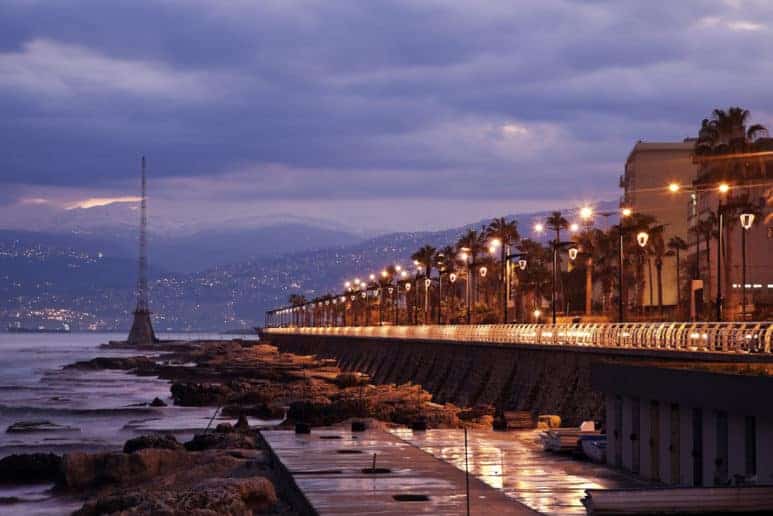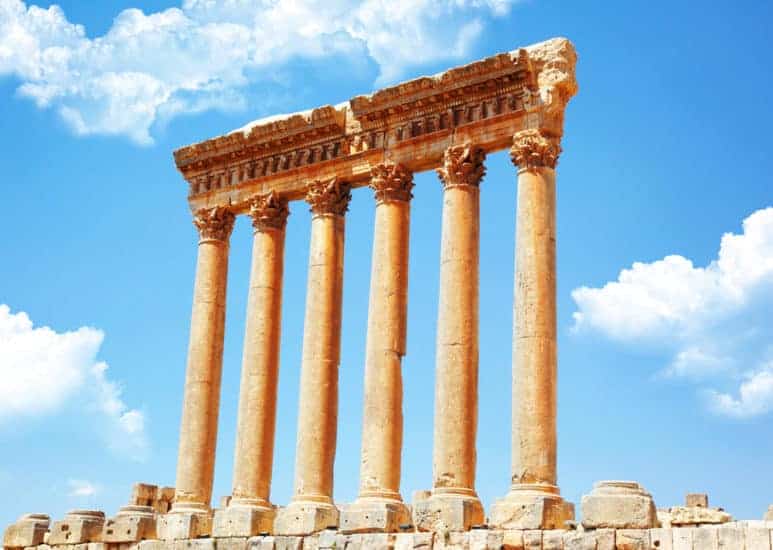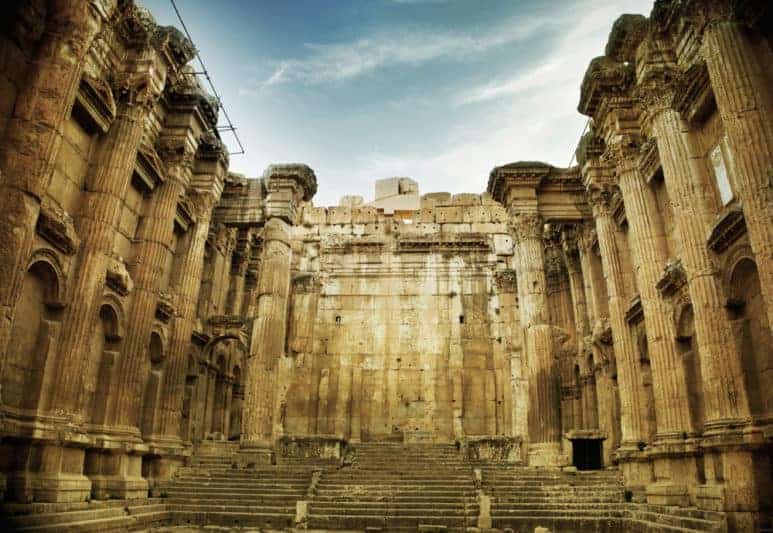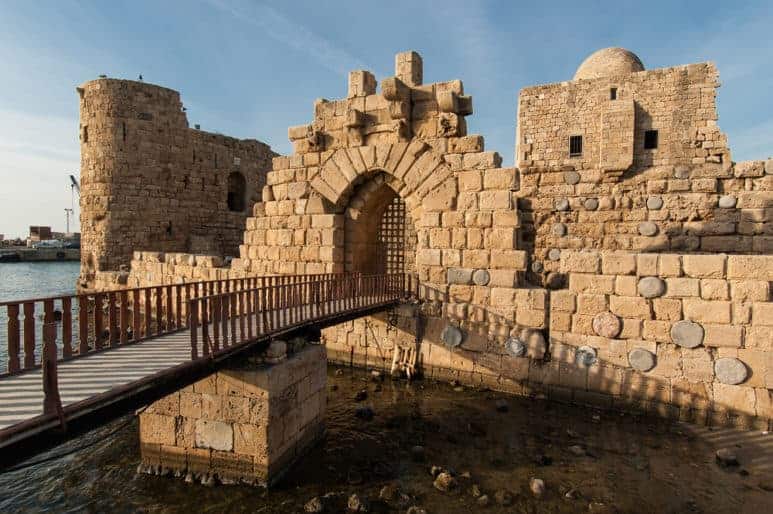There can be no doubt that Lebanon has seen its fair share of conflict, tragedy, and heartache in recent decades, but in the aftermath of such disruption, the country today is seen as a peaceful, safe, and progressive nation despite its proximity to its more unsettled middle eastern neighbors.
Highlights of Our Lebanon Private Tours: Beirut and Beyond
The first and obvious stop on any tour of Lebanon is Beirut, and no more is that clichéd phrase ‘east meets west’ more prevalent than in the Lebanese capital.
Beirut is definitely a city for city lovers. It is fast and furious, trendy, chaotic and cosmopolitan, but unlike other more ‘western’ examples its people are overwhelmingly friendly and it offers something for everyone. The city has a vast array of museums, restaurants and nightlife, and because the country is so small, many travellers use it as a base for their entire Lebanon luxury tours of this beautiful Mediterranean nation.

The Ruins of Baalbek
Labeled by some as Heliopolis, or the ‘Sun City’ of the ancient world, Baalbek is arguably one of the most impressive and best-preserved ancient sites in the Middle East. Despite their fabulous reputation, the extravagant temple complex has somehow managed to retain an undiscovered air of wonderment, and their rural setting just fifty miles northeast of Beirut certainly helps. The Temple of Jupiter was surrounded by a portico of columns, and at 75 feet high, and with a circumference of over 7 feet, they are the largest columns in the world.

Byblos Architectural Site
Surrounded by a thirty foot wide dry moat, and located just inside the entrance to Byblos’ atmospheric archaeological site, lies a 12th century Crusader castle. The castle’s rooftop and crenellated towers offer visitors panoramic views over the ruins and harbor. The stunning complex of ruins incorporates Neolithic, Chalcolithic, Greek and Roman structures, and is a juxtaposition of a myriad of architectural styles.
The site’s oldest and largest temple, the Temple of Baalat Gebal (the Mistress of Byblos), dates back to the 4th century B.C, and was the most important temple constructed at Byblos. Dedicated to Aphrodite during the Roman period, it was rebuilt several times throughout its long history.

Beiteddine Palace
Located in the Beiteddine village in the Chouf Mountains thirty miles southeast of Beirut is the Beiteddine Palace. The palace was built in the early 19th century, by the Ottoman Emir Bashir Chehab II, and sits on a hill surrounded by majestic terraced gardens and orchards. Its name means ‘House of Faith’, which acknowledges the Druze hermitage originally occupying the site. Although designed by Italian architects, the palace takes on traditional forms of Arab architecture.
The Best of the Rest
A few miles north west of Tripoli visitors will find the Palm Islands Reserve. The UNESCO world heritage islands were awarded the honor as a haven for endangered loggerhead turtles, rare monk seals and over 300 species of migratory birds, many of which are also rare. Nakheel (Palm Island), is the largest, and has beautiful pathways to explore and beaches for swimming and admiring the wildlife.

Beirut’s souqs are a highlight, and in the labyrinthine alleyways shopkeepers ply their trades as they have for centuries.
Jeita Grotto Cave System is surely one of the Middle East’s greatest natural wonders, and is a stunning ‘must see’ just northeast of Beirut.